12 start with I start with I
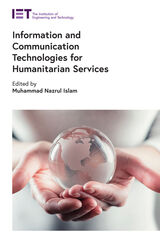



In the Spring of 1996, hundreds of international leaders in business, law, government, and education gathered at Harvard University to discuss the growing and future impact of the Internet: one of the most potent technological innovations of this century. This volume, which includes the writings, discussion transcripts, and computer demonstrations from this ground-breaking forum, provides an expert assessment of the impact of this rapidly changing technology on business, government, media, and education for the next decade and into the new millennium.
CEOs and leaders of Microsoft, Apple Computer, Sun Microsystems, and Digital Equipment Corporation join dozens of business leaders in providing both first-hand accounts of current revolutionary changes in the computer industry, as well as their attending influence on the future of the organization, its workers, its customer relations, and the creation and ownership of products themselves. While these pieces serve as an excellent source for understanding today's hottest Internet technologies, they also explore the important issues regarding precisely what is at stake for a society with greater and growing ties to cyberspace.
Topics in this timely collection include privacy and security, property rights, censorship, telecommunications regulation, and the global impact of emerging Internet technologies.
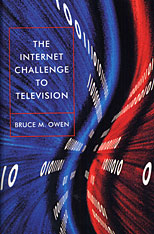
After a half-century of glacial creep, television technology has begun to change at the same dizzying pace as computer software. What this will mean--for television, for computers, and for the popular culture where these video media reign supreme--is the subject of this timely book. A noted communications economist, Bruce Owen supplies the essential background: a grasp of the economic history of the television industry and of the effects of technology and government regulation on its organization. He also explores recent developments associated with the growth of the Internet. With this history as a basis, his book allows readers to peer into the future--at the likely effects of television and the Internet on each other, for instance, and at the possibility of a convergence of the TV set, computer, and telephone.
The digital world that Owen shows us is one in which communication titans jockey to survive what Joseph Schumpeter called the "gales of creative destruction." While the rest of us simply struggle to follow the new moves, believing that technology will settle the outcome, Owen warns us that this is a game in which Washington regulators and media hyperbole figure as broadly as innovation and investment. His book explains the game as one involving interactions among all the players, including consumers and advertisers, each with a particular goal. And he discusses the economic principles that govern this game and that can serve as powerful predictive tools.
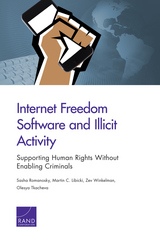
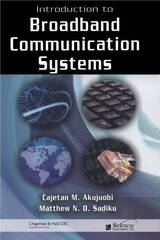


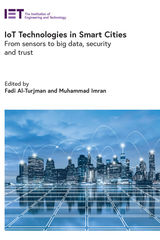
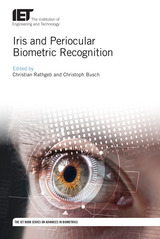

READERS
Browse our collection.
PUBLISHERS
See BiblioVault's publisher services.
STUDENT SERVICES
Files for college accessibility offices.
UChicago Accessibility Resources
home | accessibility | search | about | contact us
BiblioVault ® 2001 - 2024
The University of Chicago Press









